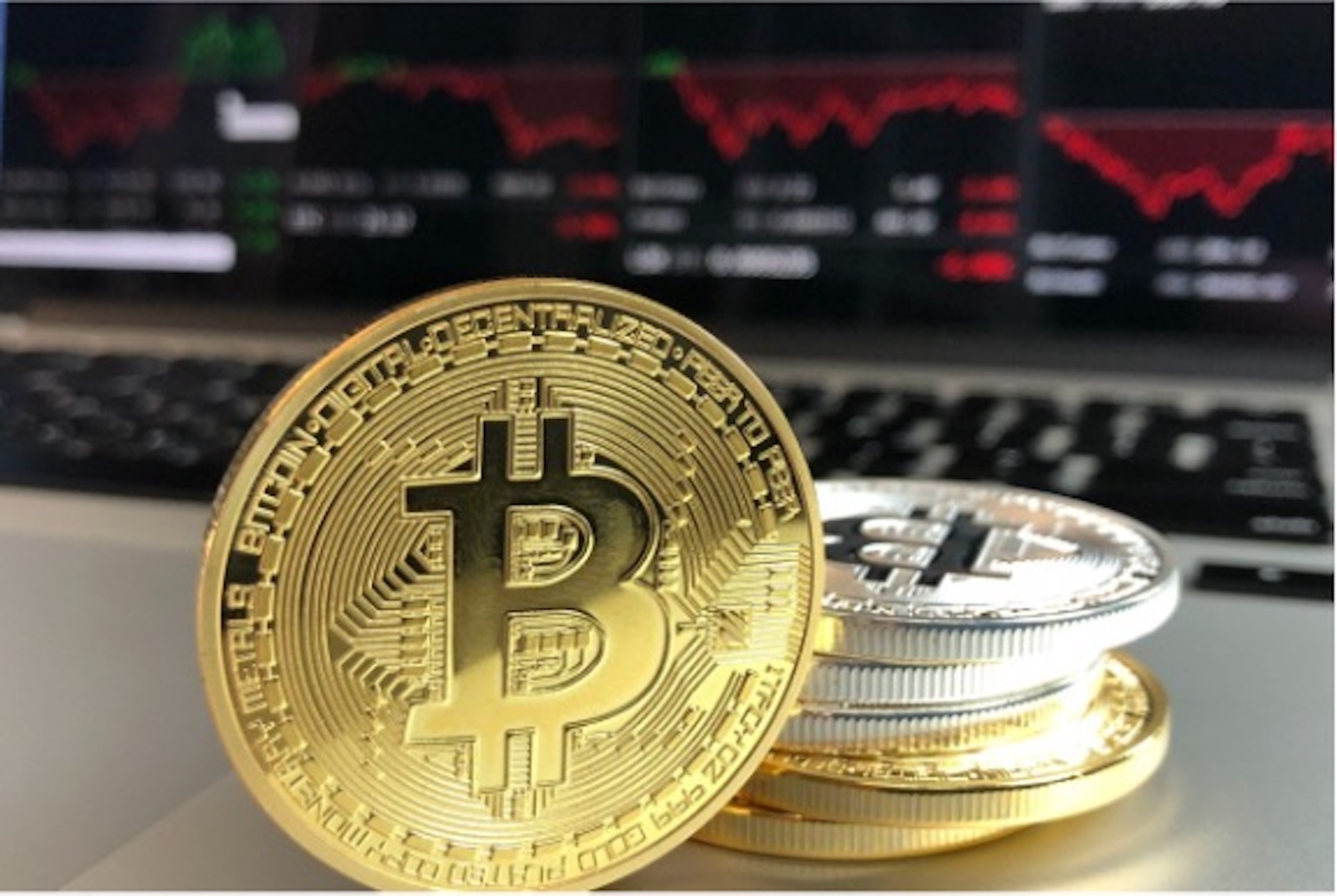Could Gold Be an Essential Component of a Sustainable Investment Portfolio?
Is Gold a Sustainable Investment?
Sustainability is vital to making human life on Earth stable and survivable. Climate change offers a huge risk to us all, and conventional economic and investment models have become notorious for their failure to tackle this issue. The industry claims that gold can be a sustainable investment. But how does this claim stack up in reality?
The Impact of Gold Mining
Any form of mining brings with it pollution, thanks to waste material. But given the threat of climate change, mining’s use of energy is a more urgent issue, as its large carbon footprint contributes to growing climate instability.
The major processes of producing a metal, in particular mining, milling, and smelting, are all energy intensive.
They are particularly intensive for precious metals, as large amounts of ore have to be processed to produce relatively small amounts of the good – in this case gold.
By volume, gold production is hugely damaging to the environment.
There are two arguments for saying that, despite this, gold is cleaner than many raw materials.
The first is that, because of the small amounts produced, gold does little harm. But this does nothing to make an individual investment in gold more sustainable — the carbon per investment is still high, even if investments are scarce.
The second is that, because of its high value, the carbon footprint per dollar is not so bad. Calculations by the gold industry itself state that if the gold is held by an investor for somewhere between three and 13 years, its annualized carbon output will be similar to the overall global economy.
This argument has two problems.
Firstly, a similar impact to the overall global economy is a bad thing, not a good one, as the current global economy produces far more carbon dioxide than humanity can live with.
Secondly, if a raw material is held as an investment, it does nothing for society. Its carbon impact is pure waste – the opposite of sustainable.
Mining is not in itself sustainable, but it may be necessary to achieve sustainability.
The Impact of Gold Technologies
Research shows great potential for gold in environmentally friendly technologies. It could be used in catalysts, to turn carbon dioxide into fuels.
It can be used in photovoltaic cells to improve their performance. This supports a movement away from fossil fuels and towards solar power.
Critically, it can be used in place of platinum to improve the efficiency of hydrogen fuel cells.
To use electric vehicles instead of ones burning fossil fuels, efficient and powerful batteries are needed. Given humanity’s unwillingness to give up cars, this is a vital technology for achieving a sustainable future.
In short, when used in these technologies, the environmental benefits of gold outweigh the costs. But given the proportion of gold currently used in this way, this represents a slender minority of gold mining.
Industry and Investor Behaviours
That said, there is plenty of opportunity to improve gold’s sustainability.
The gold industry has begun acting on climate change, improving energy efficiency and in some cases moving to lower carbon energy.
Projects such as solar power in a Burkina Faso mine and energy efficient air control at a site in South Africa will reduce the carbon footprint of individual mines. In time, they may bring improvements across the industry. Investing in such projects could steer the industry in a better direction.
But investor behaviour is driving up demand for gold, with its high carbon footprint, only to sit on it.
Since the 2007-8 crash, investment has become a much bigger source of demand for gold, coming close to jewellery as the main source of demand.
This is economic activity that releases a large amount of carbon to no material benefit.
If investors want to invest sustainably in gold, investing in its recycling is a far better alternative.
Recycling currently represents 25-30% of the total gold supply and uses a minute proportion of the energy that goes into the original production process. This is sustainable gold.
For investors, gold is a relatively safe investment, at a time when environmental crisis is destabilizing other sectors.
Gold is good at retaining its value and when held as an investment is unlikely to be hit hard by carbon pricing schemes. It may therefore provide a safe anchor in a portfolio taking risks on sustainable projects elsewhere.
Gold Sustainability: The Wider Picture
There’s also a wider sustainability and justice picture around the gold industry.
Mining is notorious for pollution and poor treatment of workers. Unless very carefully vetted, mining investments are likely to contribute to bad practices.
As when considering carbon footprint, this means that there is potential to bring benefits, but that projects must be carefully chosen.
Some gold mining is need to produce the technology of a sustainable future. Investors supporting more sustainable gold mining, using clean energy, good waste disposal, and a focus on worker’s rights, could help to birth a much-needed sustainable gold industry, as could those investing in recycled gold.
For investors wanting to balance gold’s security with environmental sustainability, these are options with great potential.
But can the gold industry as a whole be considered a sustainable investment?
Sadly, not yet.
Paul Connolly
Paul Connolly has been a journalist for more than 20 years, as a reporter and editor for Argus Media, Reuters, The Times, Associated Newspapers and The Guardian. He has covered Islamic Finance for Reuters in the 1990s. Paul has since helped launch three newspapers, as well as reported from Tokyo, Los Angeles and Stockholm.





